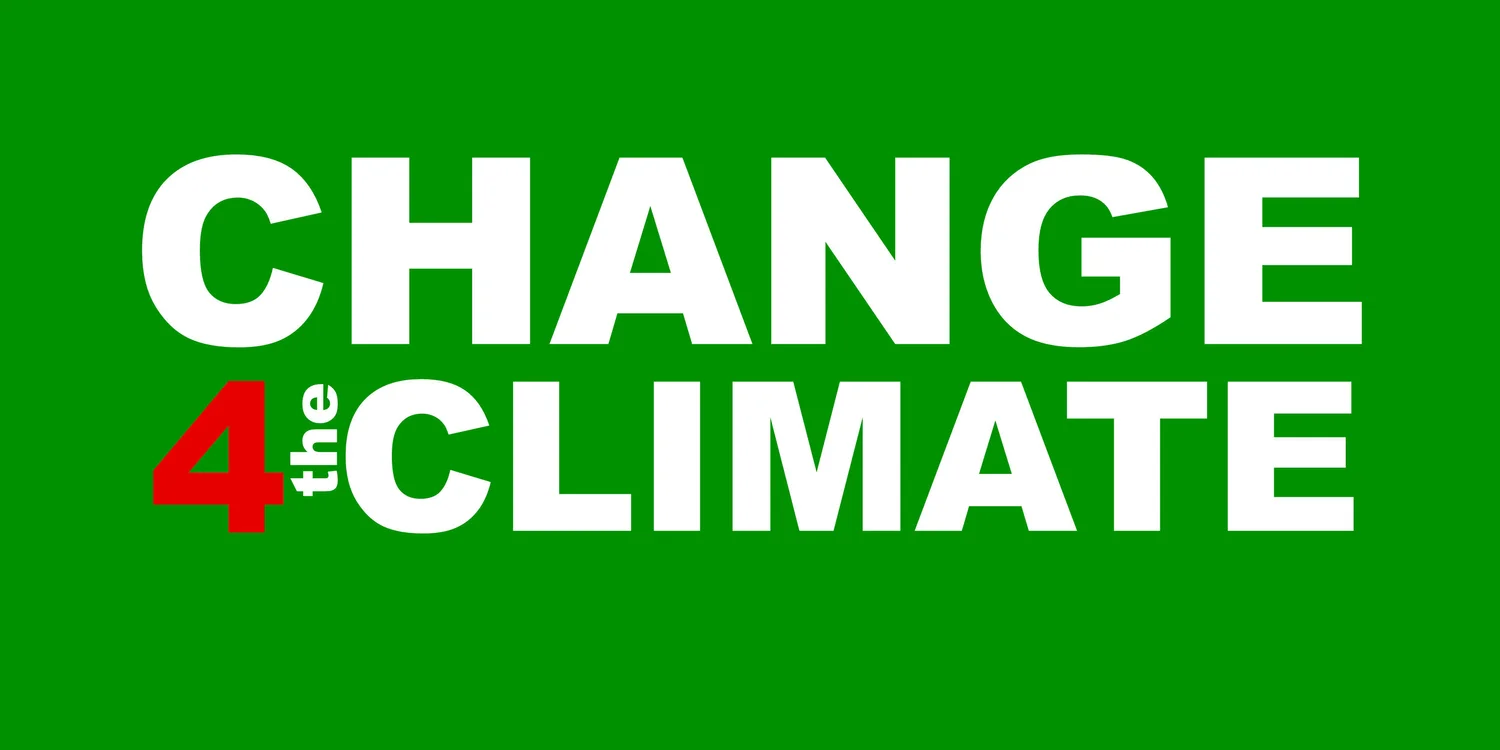
“If only more people lived in cities with decent public transportation and intrinsically low carbon emissions per capita. If only more people were more civilized.”
― A.D. Aliwat, In Limbo
Get On Board
Why?
Why take the bus, metro or tube? Cutting carbon aside…
It’s cheaper. Among APTA facts, the average household can save $10,000 a year by replacing one car with mass transit.
It’s safer. No surprise. You’re 30 to 70 times less likely to die taking the bus or tube than taking the car, and that accounts for violent crime according to Northwestern’s Ian Savage.
It’s healthier. Counting steps? Wener and Evans found that those taking mass transit take 30% more steps on average each day. In another Wener and Evans study, they also found it’s significantly less stressful.
It’s cleaner. According the CDC, Mass transit emits 20 times less carbon monoxide, 10 times less volatile organic compounds, and half the carbon dioxide and nitrogen oxides.
It’s entertaining, educational and productive
Collins Lesulie
Counting Carbon
One third of US emissions come from transportation and 57% of that from our cars, SUVs and trucks according to the US DOT.
Get on Board
Treehugger recommends, “…if you're not sure you can do the public transportation thing, start small with a goal of taking public transportation at least one day a week until you figure out the system. Before you know it, you'll be making friends and riding along with everyone else.”
Don’t forget, Directions in Google Maps isn’t just for drivers. Click on the train icon (or bike or ped), to see your options.
And don’t wait. Your city or region likely has an app for when the next train or bus will arrive at your nearest stop. Or use one of three apps recommended by mobilitylab.org.



